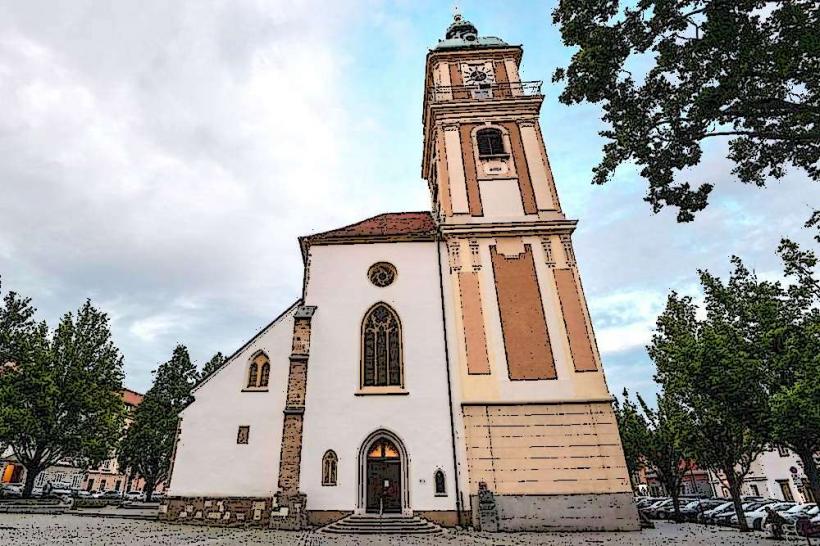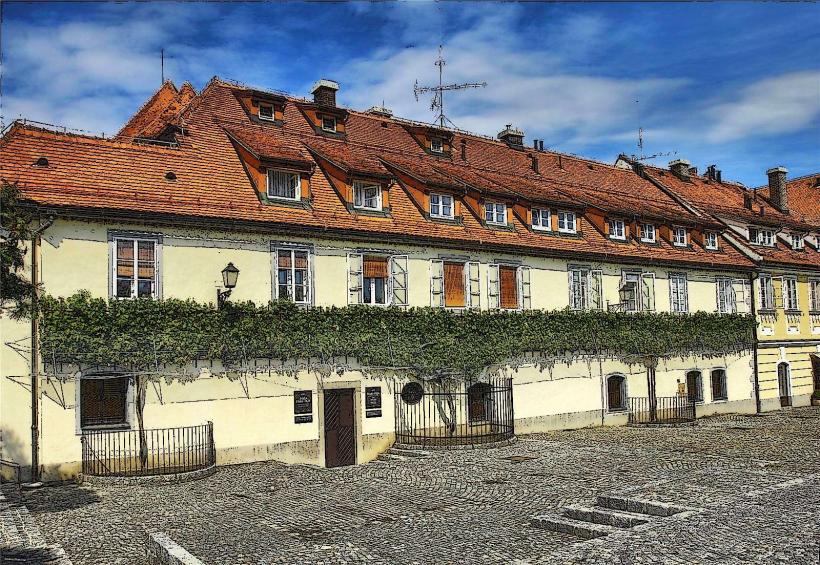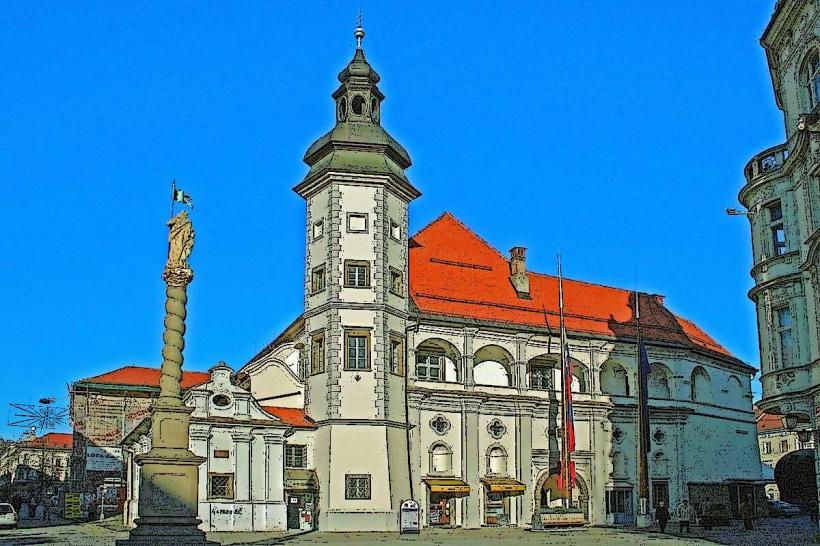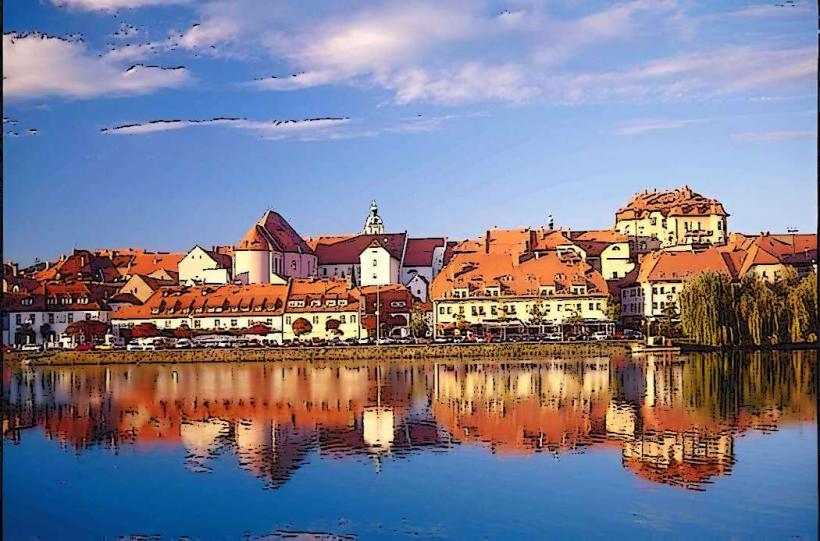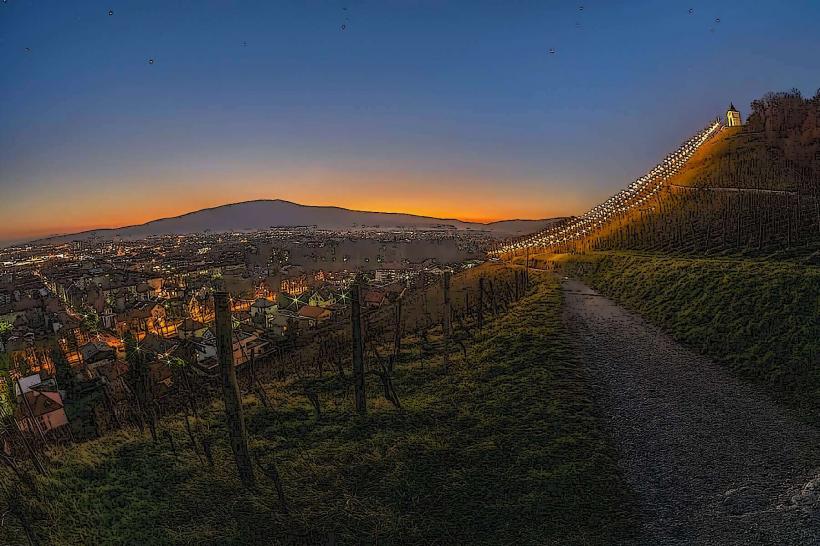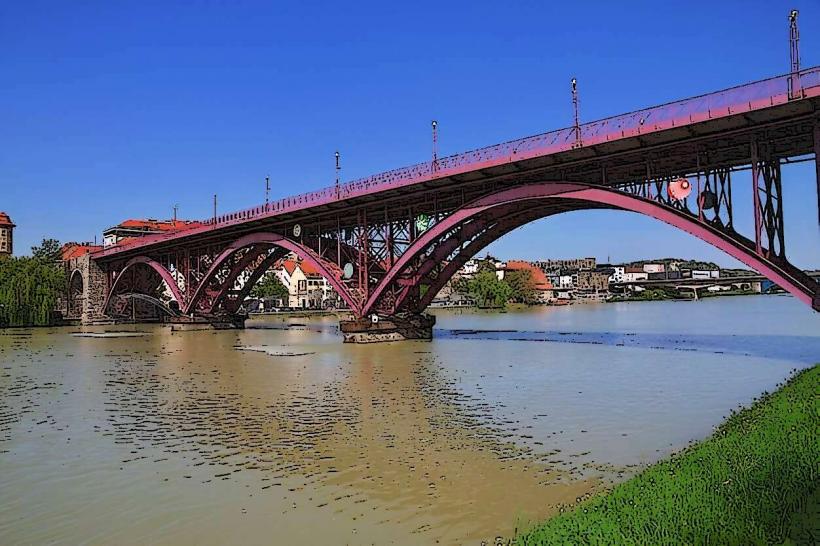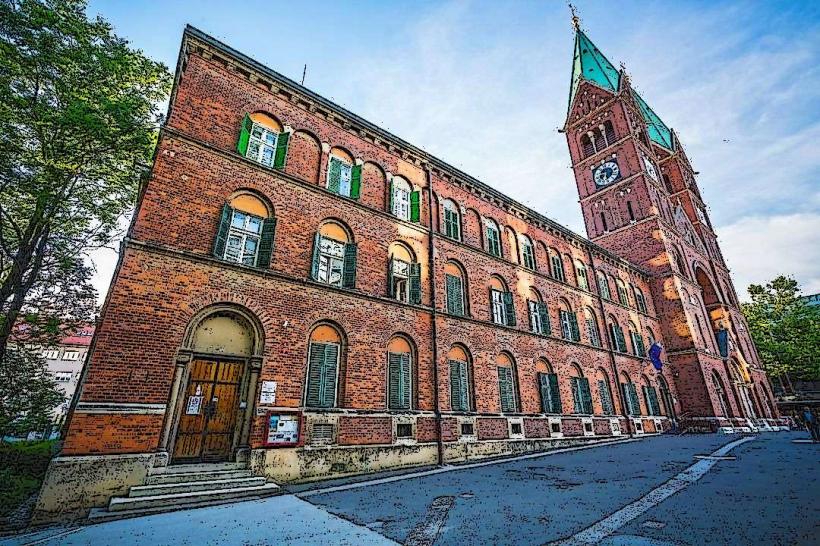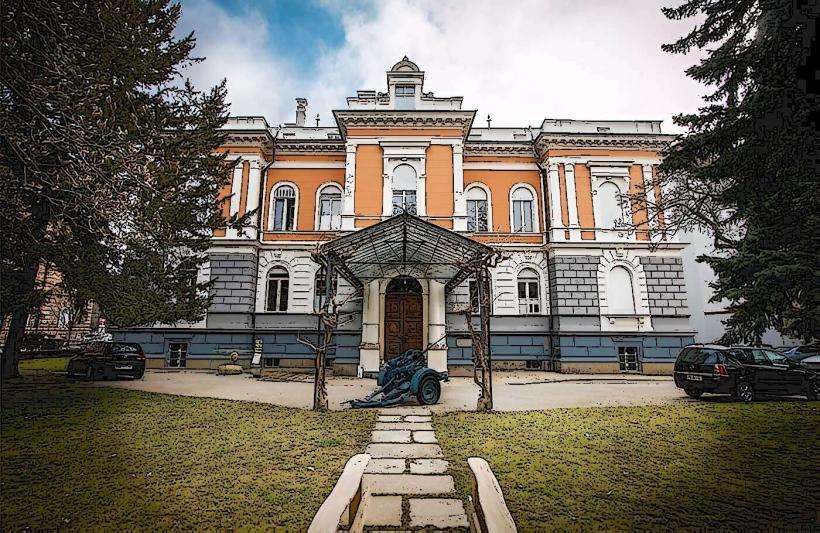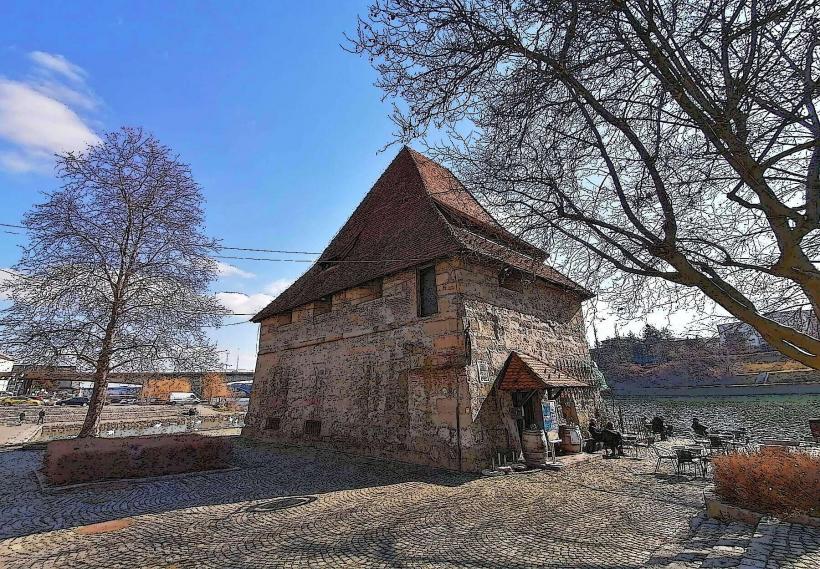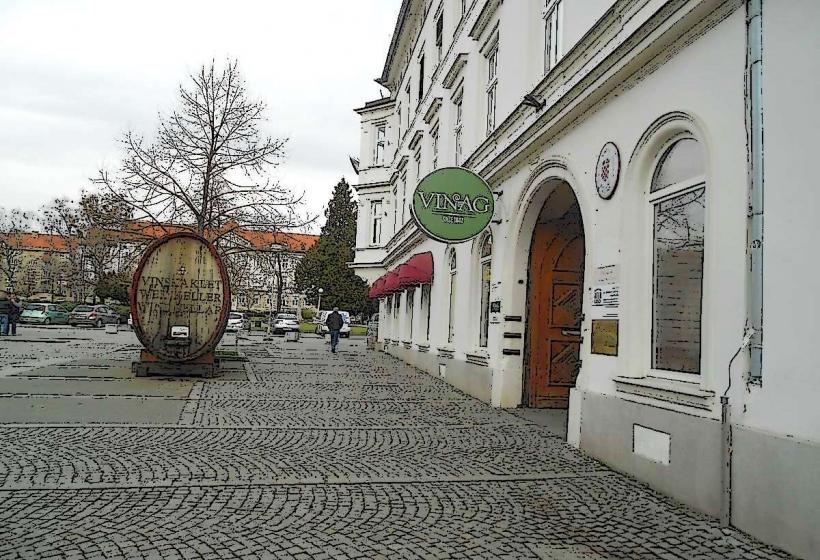Information
City: MariborCountry: Slovenia
Continent: Europe
General Overview
- Status: Maribor is the second-largest city in Slovenia and the capital of the Styria region (Štajerska).
- Location: Situated in northeastern Slovenia, near the Austrian border, along the Drava River.
- Population: Approximately 95,000 residents.
- Area: Covers around 41 square kilometers (16 square miles).
- Altitude: About 275 meters (902 feet) above sea level.
Geography
- Drava River: The city lies along the banks of the Drava River, which plays a vital role in its history and economy.
- Surroundings: Maribor is surrounded by hills and vineyards, including the Pohorje Mountains to the southwest and rolling hills of the Drava Valley.
- Climate:
- Continental climate with warm summers and cold winters.
- Snowfall is common in winter, making it a hub for skiing and winter sports.
History
Early Settlement
- Archaeological evidence suggests that the area was settled during the prehistoric and Roman periods.
Medieval Period
- Founded as a fortified settlement in the 12th century.
- Became a market town in 1209 under the Holy Roman Empire.
- Its strategic position along the Drava River made it a vital trade and military hub.
Habsburg Rule
- Became part of the Habsburg Monarchy in the late 13th century.
- Developed as a prominent regional center of commerce, particularly for wine production.
Modern Era
- After World War I, Maribor became part of the Kingdom of Serbs, Croats, and Slovenes (later Yugoslavia).
- During World War II, it was occupied by Nazi Germany and suffered significant damage from Allied bombings.
- Post-World War II, the city was rebuilt and became an industrial center of Socialist Yugoslavia.
Economy
- Industries: Historically an industrial hub, with sectors like metalworking, textiles, and engineering playing key roles.
- Wine Production: Known as a center of Slovenian wine culture, particularly for its production of white wines from the surrounding vineyards.
- Tourism: An important economic sector, driven by attractions like the Old Vine, Maribor Pohorje ski resort, and cultural events.
- Technology and Innovation: Home to several technology startups and research institutions.
Culture and Lifestyle
Wine Culture
- Maribor is home to the Old Vine, the world's oldest grapevine, over 400 years old and listed in the Guinness World Records. It grows on the facade of the Old Vine House in the Lent district.
- The city celebrates wine culture with festivals like the Old Vine Festival and St. Martin’s Day.
Cuisine
- Traditional dishes include štajerska kisla juha (Styrian sour soup), krvavice (blood sausages), and gibanica (a layered pastry dessert).
- Local restaurants often pair dishes with regional wines like Riesling, Sauvignon Blanc, and Šipon.
Festivals and Events
- Lent Festival: A major cultural event featuring music, theater, dance, and street performances, held in the historic Lent district.
- Maribor Theatre Festival: Celebrates Slovenian and international theater productions.
- Wine and Culinary Festivals: Highlight local wines, food, and traditions.
Education and Research
- University of Maribor:
- Established in 1975, it is Slovenia's second-largest university.
- Known for engineering, business, and natural sciences programs.
- Several research institutes contribute to innovation in agriculture, wine production, and technology.
Natural Attractions
- Pohorje Mountains: A popular destination for skiing, snowboarding, and hiking. The Maribor Pohorje ski resort is the largest in Slovenia.
- Drava River: Offers activities like kayaking, canoeing, and boat tours.
- City Parks:
- Maribor City Park: Features walking trails, a promenade, and a small zoo.
- Piramida Hill: A hill overlooking the city, offering panoramic views and a vineyard walk.
Urban Design and Architecture
- City Layout:
- The Old Town is centered along the Drava River, featuring narrow cobbled streets and historic squares.
- Modern districts expand outward, showcasing socialist-era architecture alongside new developments.
- Architectural Styles: A blend of Gothic, Renaissance, Baroque, and modernist influences.
Transportation
- Roads and Highways:
- Maribor is well-connected by highways to Ljubljana, Graz (Austria), and other regional cities.
- Public Transport:
- City buses provide efficient local transport.
- Intercity buses and trains link Maribor to other Slovenian and European destinations.
- Airport:
- Maribor Edvard Rusjan Airport is a small regional airport located about 10 kilometers (6 miles) from the city center.
Recreation and Activities
- Outdoor Sports:
- Winter Sports: Maribor Pohorje offers skiing, snowboarding, and sledding in winter.
- Cycling and Hiking: Well-marked trails in the Pohorje Mountains and the Drava Cycling Route.
- Water Activities: Boating and fishing along the Drava River.
- Wine Tourism: Tours of local wineries and wine-tasting experiences.
Sustainability Efforts
- Focus on eco-tourism and green energy initiatives.
- Promotes cycling and walking within the city to reduce traffic and pollution.
Key Features
- Symbol of the City: The Old Vine, a testament to Maribor’s rich winemaking heritage.
- Friendly Atmosphere: Known for its hospitable residents and vibrant cultural scene.
- Strategic Location: A gateway to the Austrian border and a crossroad for trade and travel in the region.

